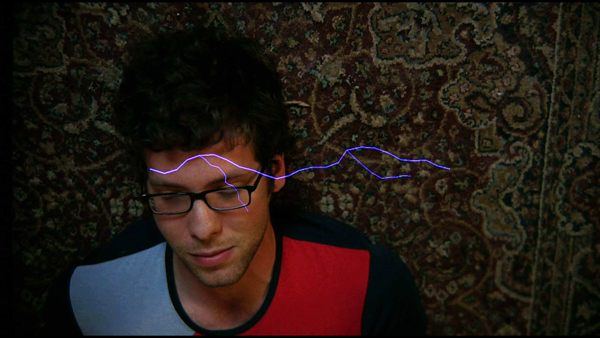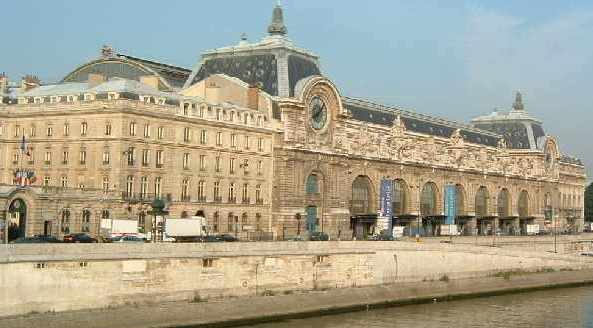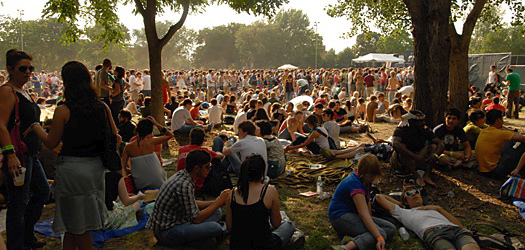
Celebrations
World Cup Finale – This weekend, the eyes of the world will be focused on South Africa as the month long World Cup comes to a close. Once again, two European teams will battle for first place; last World Cup four years ago saw a gripping, head-butting, finale between France and Italy while this year The Netherlands and Spain will duke it out. The match starts at 2:30pm Eastern time on Sunday. Uruguay and Germany will be playing for third place on Saturday, also at 2:30pm Eastern time.
Film Openings
The Kids Are All Right – Two teenaged children conceived by artificial insemination get the notion to seek out their birth father and introduce him into the family life that their two mothers have built for them but once the donor is found, the household will never be the same. Starring Julianne Moore, Annette Bening, and Mark Ruffalo
Winnebago Man – Jack Rebney is the most famous man you’ve never heard of – after cursing his way through a Winnebago sales video, Rebney’s outrageously funny outtakes became an underground sensation and made him an internet superstar. Filmmaker Ben Steinbauer journeys to the top of a mountain to find the recluse who unwittingly became the “Winnebago Man.”
Despicable Me – In a happy suburban neighborhood surrounded by white picket fences with flowering rose bushes, sits a black house with a dead lawn. Unbeknownst to the neighbors, hidden beneath this home is a vast secret hideout. Surrounded by a small army of minions, we discover Gru (voiced by Steve Carell), planning the biggest heist in the history of the world. He is going to steal the moon. That is until three little girls see in Gru something that no one else has ever seen: a potential Dad.
Reads
On The Many Deaths of Amanda Palmer: And the Many Crimes of Tobias James – The fictional death of real life indie musician Amanda Palmer in a story told the same way as The Blair Witch Project, as truth: “Following the death of Amanda Palmer, fans and followers begin posting anonymous texts on internet blogs and in chat-rooms, taking the form of stories, poems, essays, stream-of-consciousness explorations, each attempting in their own way to attribute her death with some meaning through art. Over time these writings, and the responses they generated, began to exhibit specific shared qualities that marked them out as a unique genre in their own right that, a genre that has come to be known as the Palmeresque. This book originally set out to be the first major study of the Palmeresque, however shortly after initial publication all copies of the book were seized by the Boston Police Department due to the incriminating content of Text Number Nine. The following investigation revealed a complex web of deceit, manipulation and literary fraud that once again raised the questions: who did kill Amanda Palmer; who were the real authors of the texts; who is Tobias James? Finally, and under strict restrictions, permission has been given for this amended edition to be published, together with an extensive appendix exploring these and other issues.”
Caravaggio: A Life Sacred and Profane – Michelangelo Merisi da Caravaggio lived the darkest and most dangerous life of any of the great painters. The worlds of Milan, Rome, and, Naples through which Caravaggio moved, described in this book, are those of cardinals and whores, prayer and violence. On the streets surrounding the churches and palaces, brawls and swordfights were regular occurrences. In one such fight, Caravaggio killed Ranuccio Tomassoni, a pimp, and fled to Naples and then Malta, home to the Knights of St John, where he escaped from prison following his conviction for another vicious assault. Shortly afterwards he died while returning to Rome to seek a papal pardon for his crimes. He was thirty-eight years old. In the course of this desperate life, Caravaggio created the most dramatic paintings of his age, using ordinary men and women – often prostitutes and the very poor – to model for his depictions of classic religious scenes. Andrew Graham-Dixon’s readings of Caravaggio’s pictures show how he created their drama, immediacy and humanity, and how completely he departed from the conventions of his time.
 MUSEYON BOOKS Smart City Guides for Travel, History, Art and Film Lovers
MUSEYON BOOKS Smart City Guides for Travel, History, Art and Film Lovers


